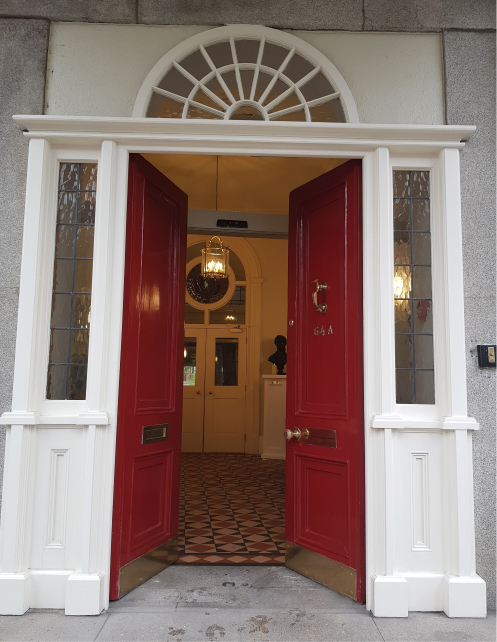To Clothe the Naked
)
Behind the scene ...
Prunty’s research (1998, p. 195) provides a significant insight into the complex web of factors at play in attempts to redress poverty in Ireland during the 1830s. She argues that the “environmental issues of slum housing and infectious disease were closely related to the question of poor relief. As practically every interested party concurred, the scandalous health and living conditions were only the external evidence of grossly insufficient and precarious income. When the family income was barely sufficient to meet the urgent needs of food and rent – clothing was well down the list – there was no margin for ‘putting by’ for the inevitable period of slack work or for sickness, injury, old age or confinement. It was the irregularity and insufficiency of income which led to the pitiable situation whereby poverty and disease were found ‘mutual cause and effect’ ...”
Ingles (1835, p. 303) describes the scene in two hovels he visited in Limerick, as follows:
“In one which I entered I noticed a small opening leading in to an inner room. I lighted a bit of paper at the embers of a turf which lay in the chimney and looked in. It was a cellar, wholly dark, and about twelve feet square; two bundles of straw lay in two corners; on one sat a bed-ridden woman; on another lay two naked children – literally naked, with a torn rag of some kind thrown over them both ... In a cellar which I entered, and which was almost quite dark, and slippery with damp, I found a man sitting on a little sawdust. He was naked: he had not even a shirt ...”
References
Prunty, J. (1998) Dublin Slums 1800-1925: A Study in Urban Geography Dublin: Irish Academic Press.
Inglis, H. D. (1835) Ireland in 1834: A journey throughout Ireland London: Whittaker and Co.


)
)
)